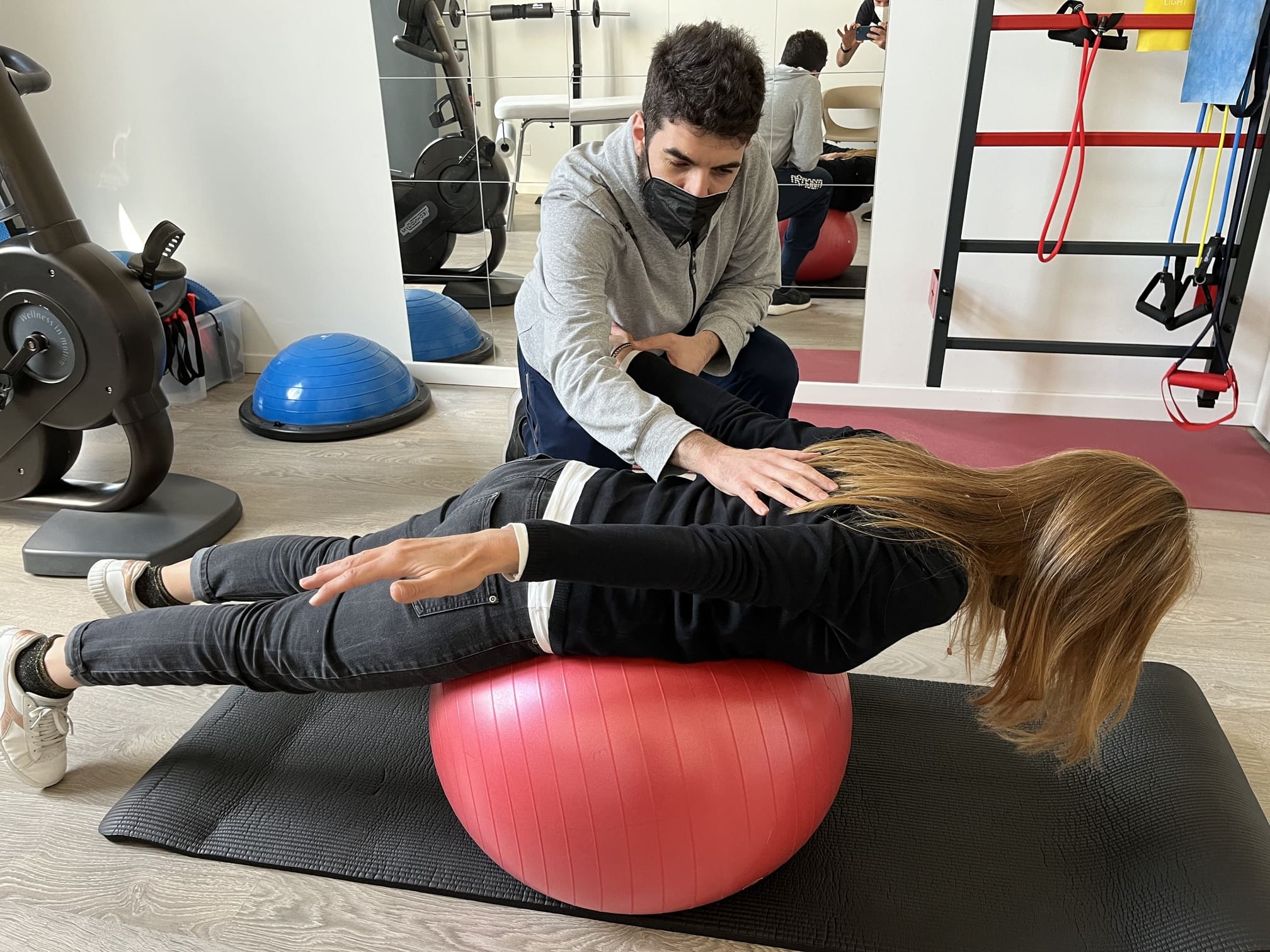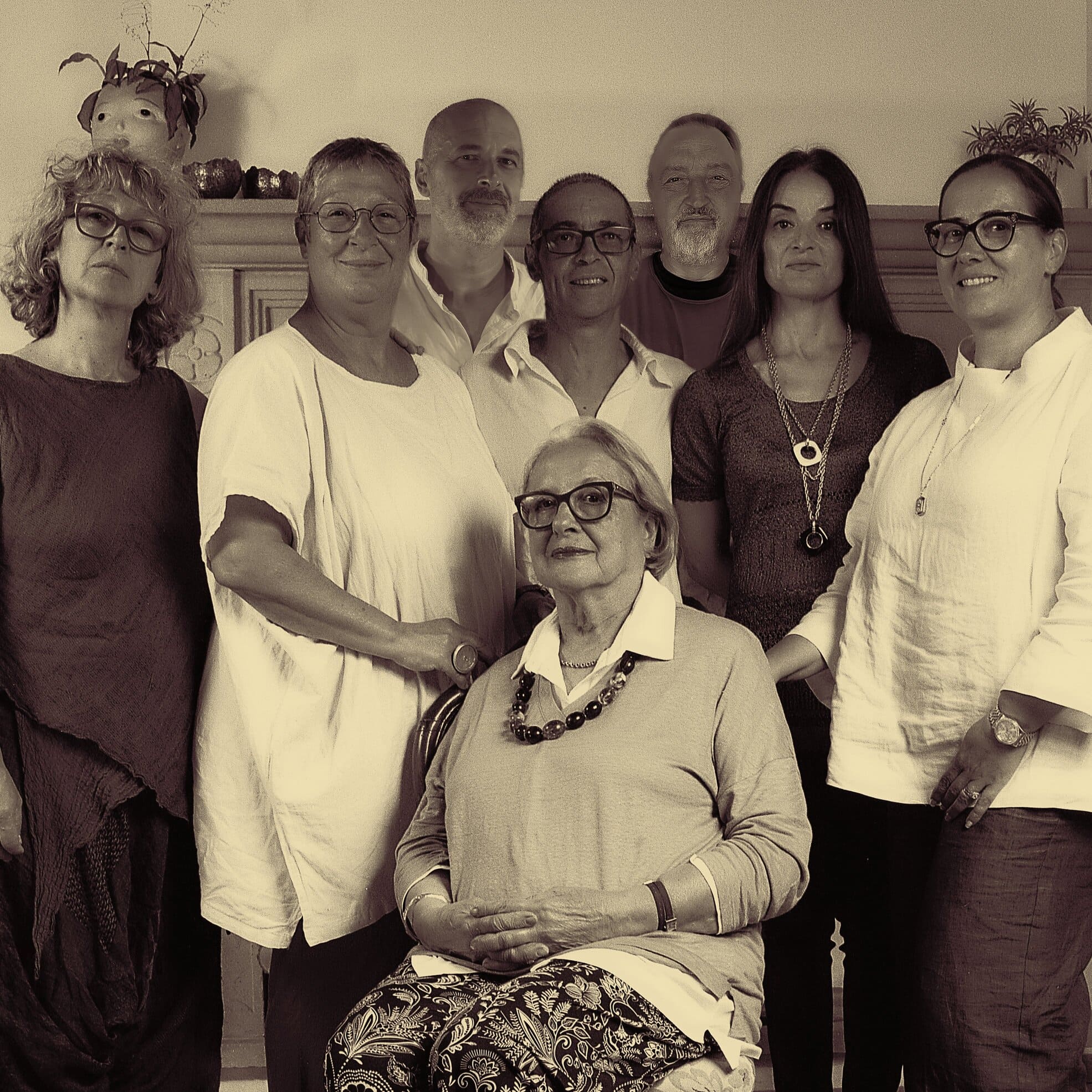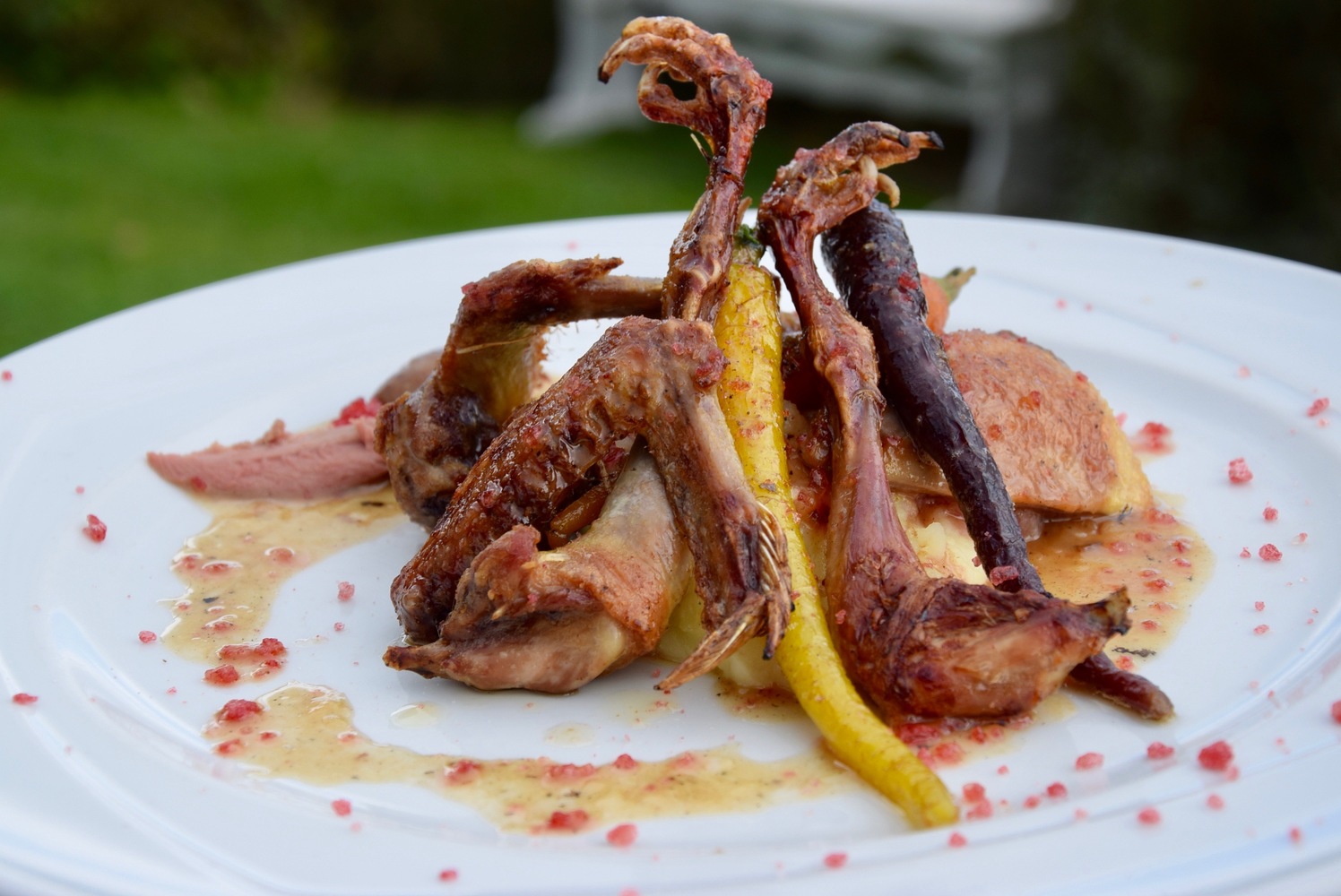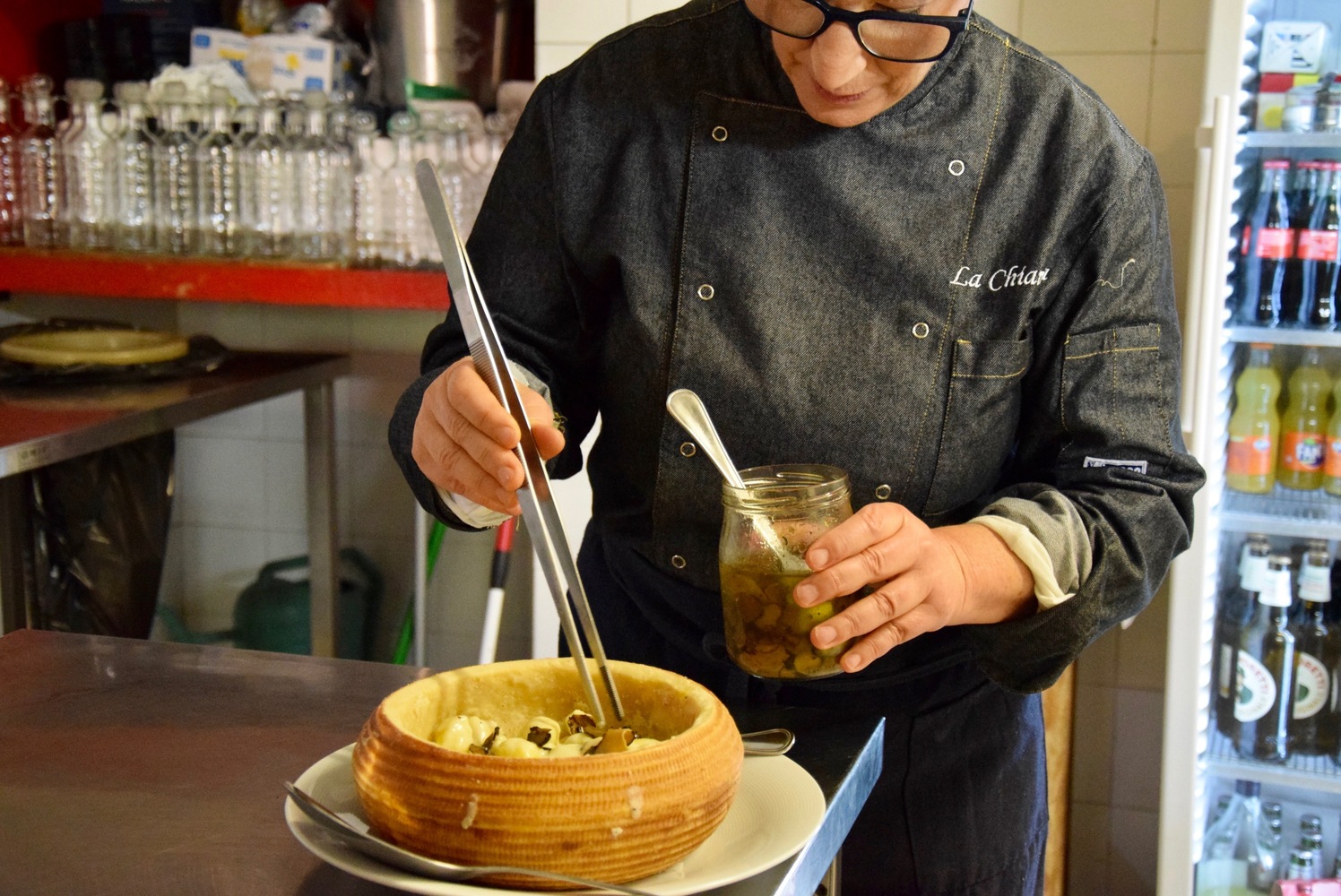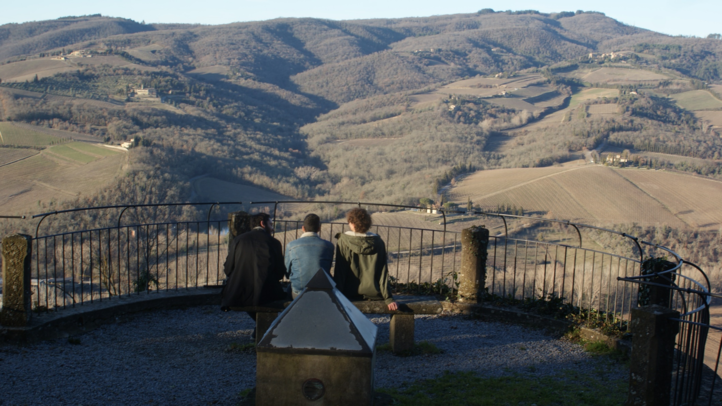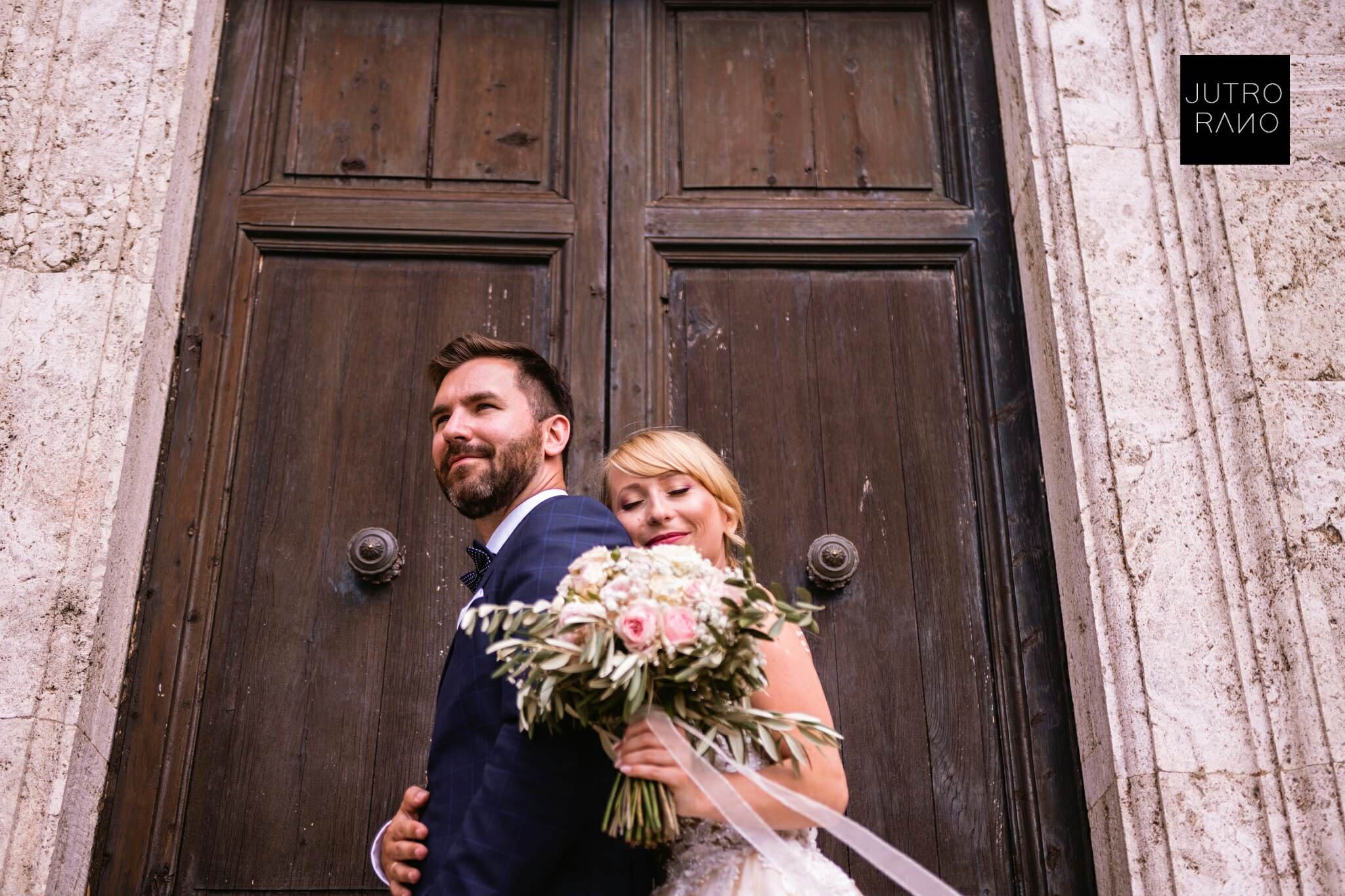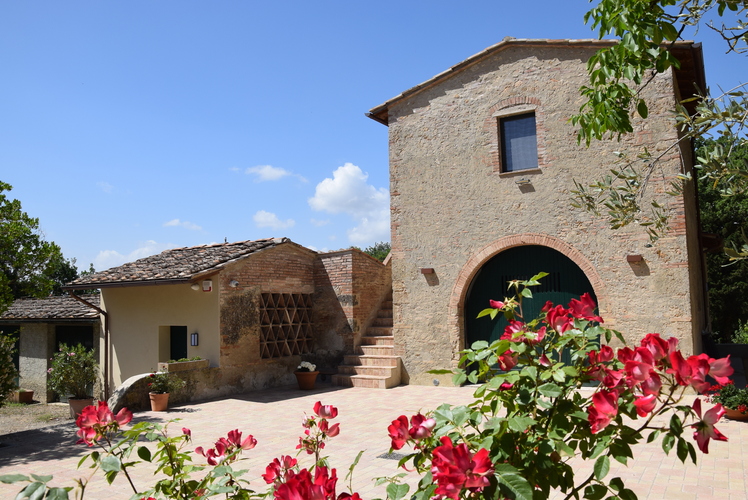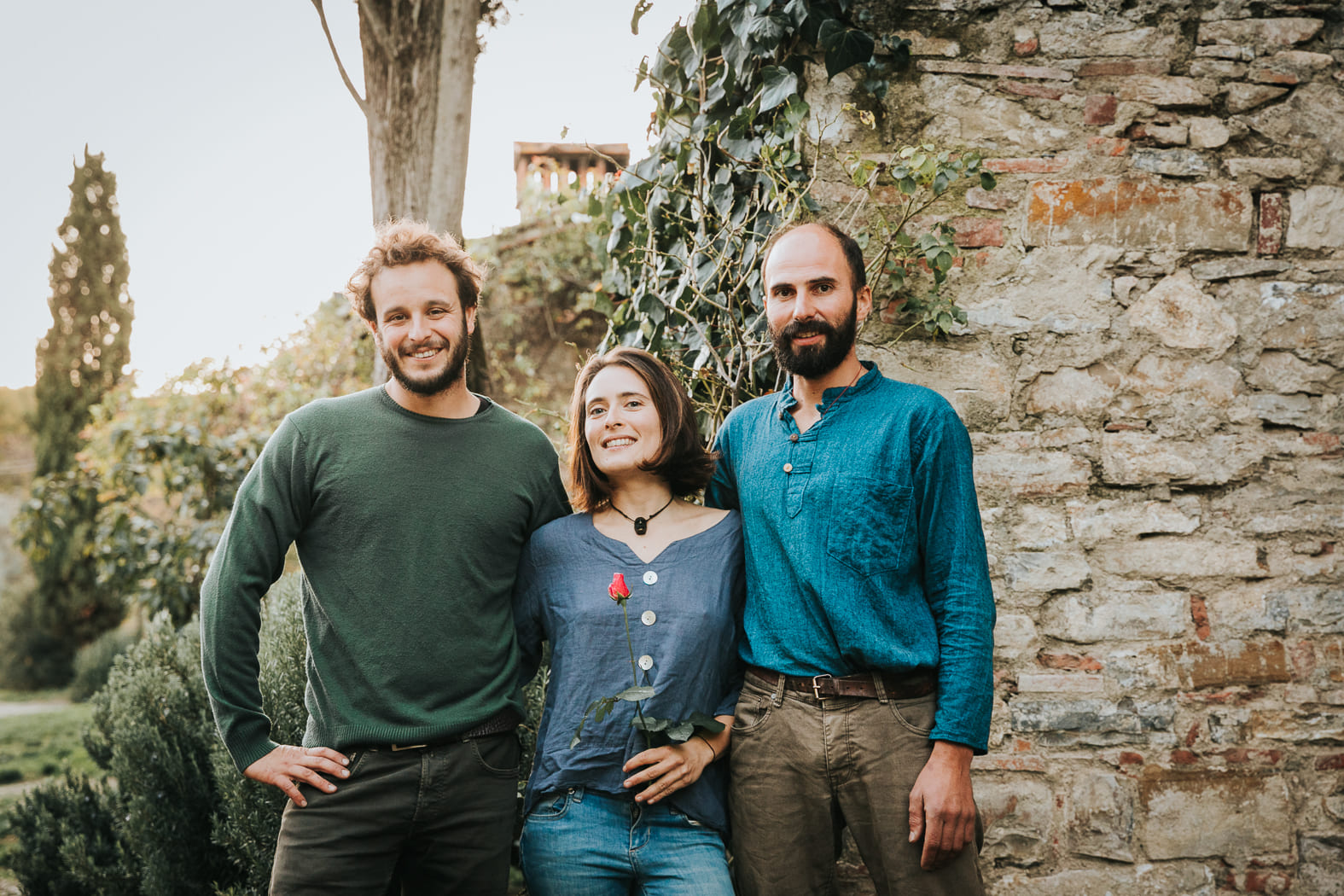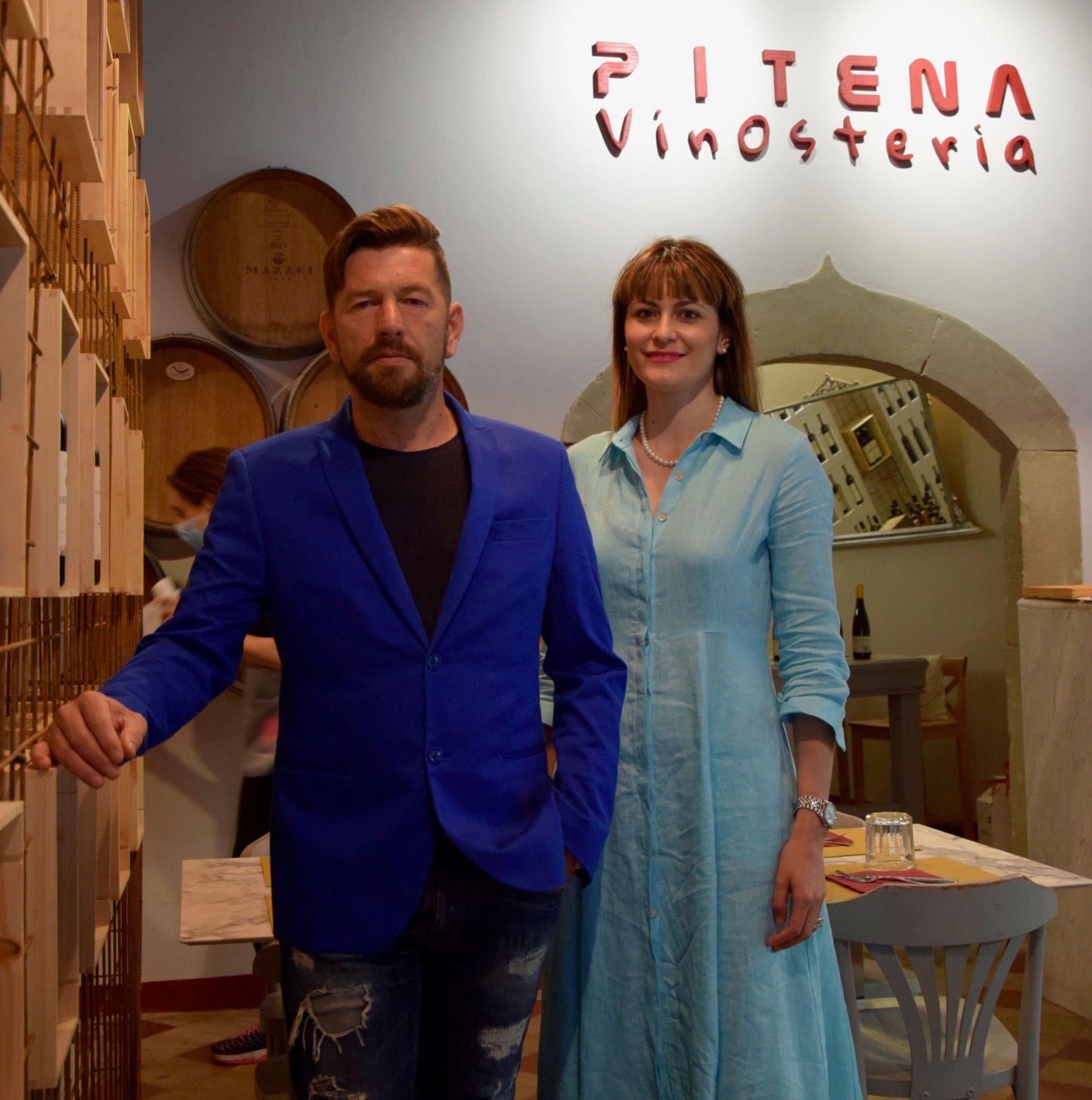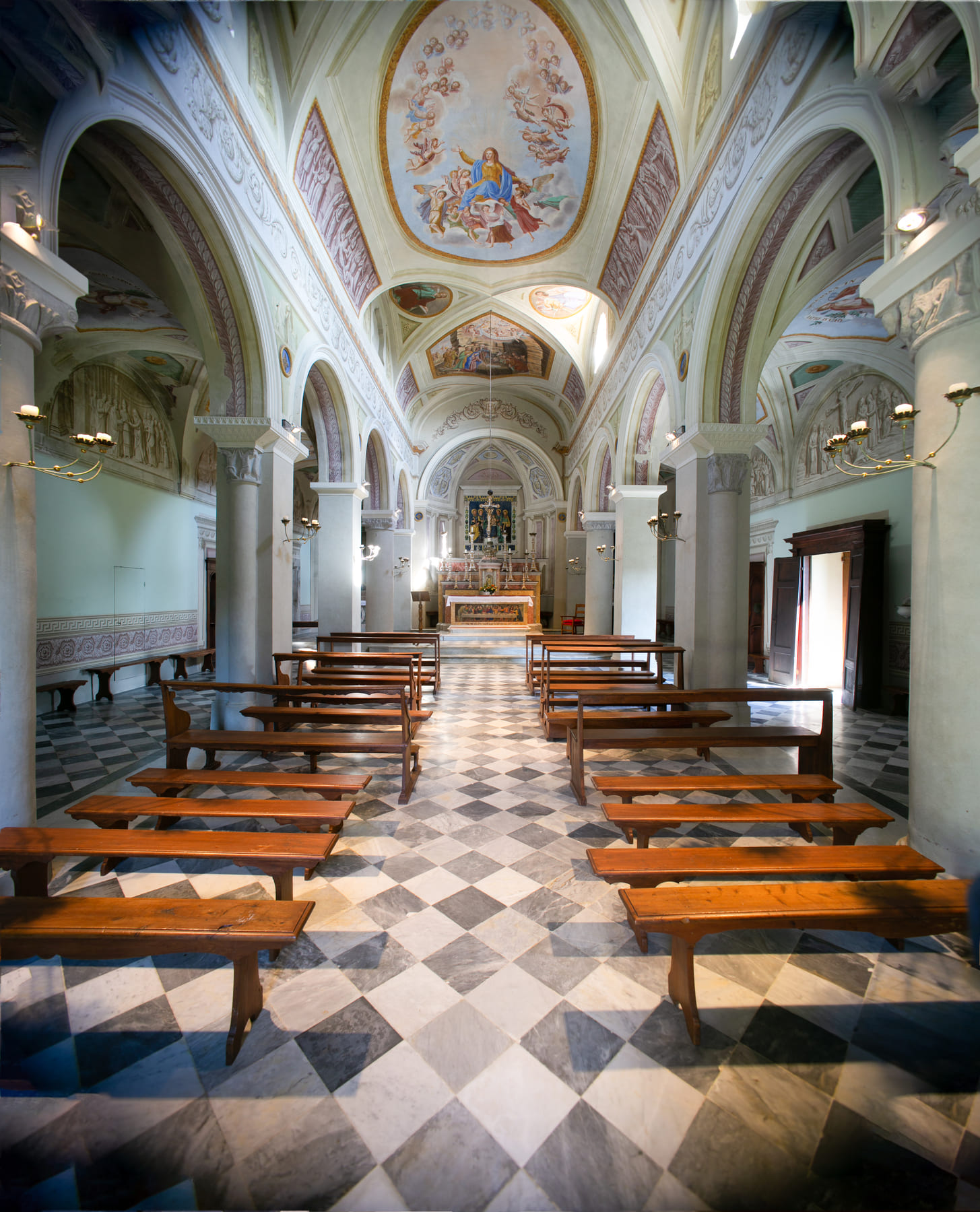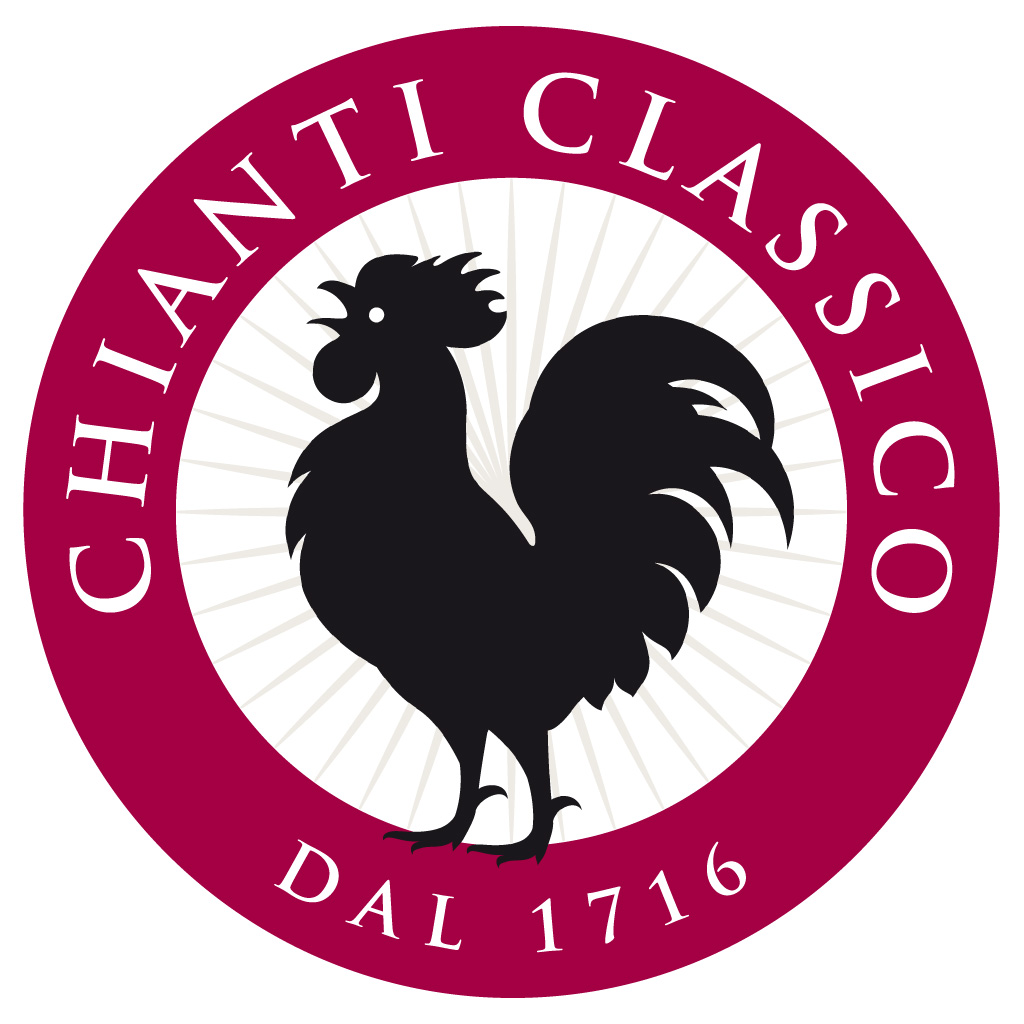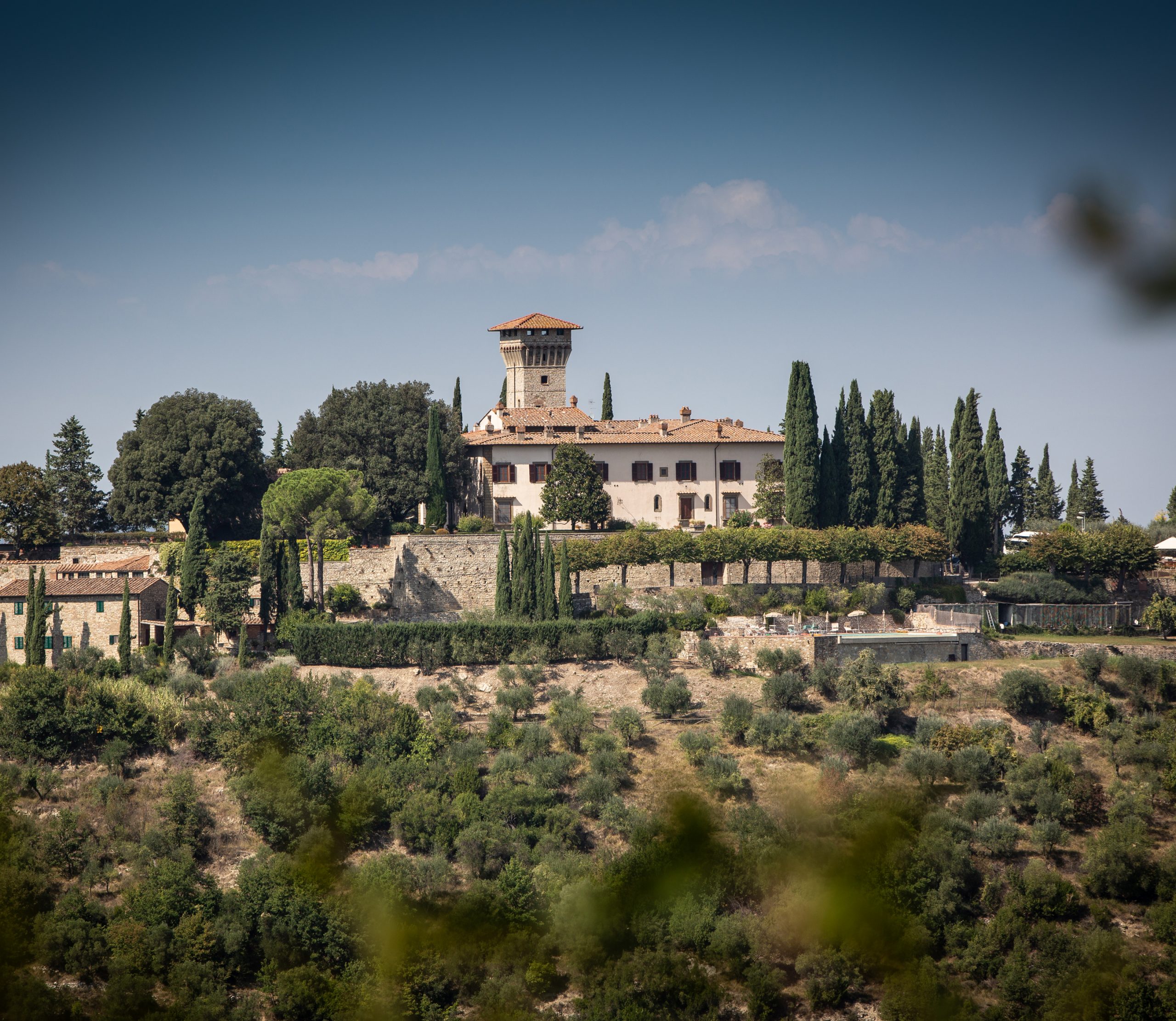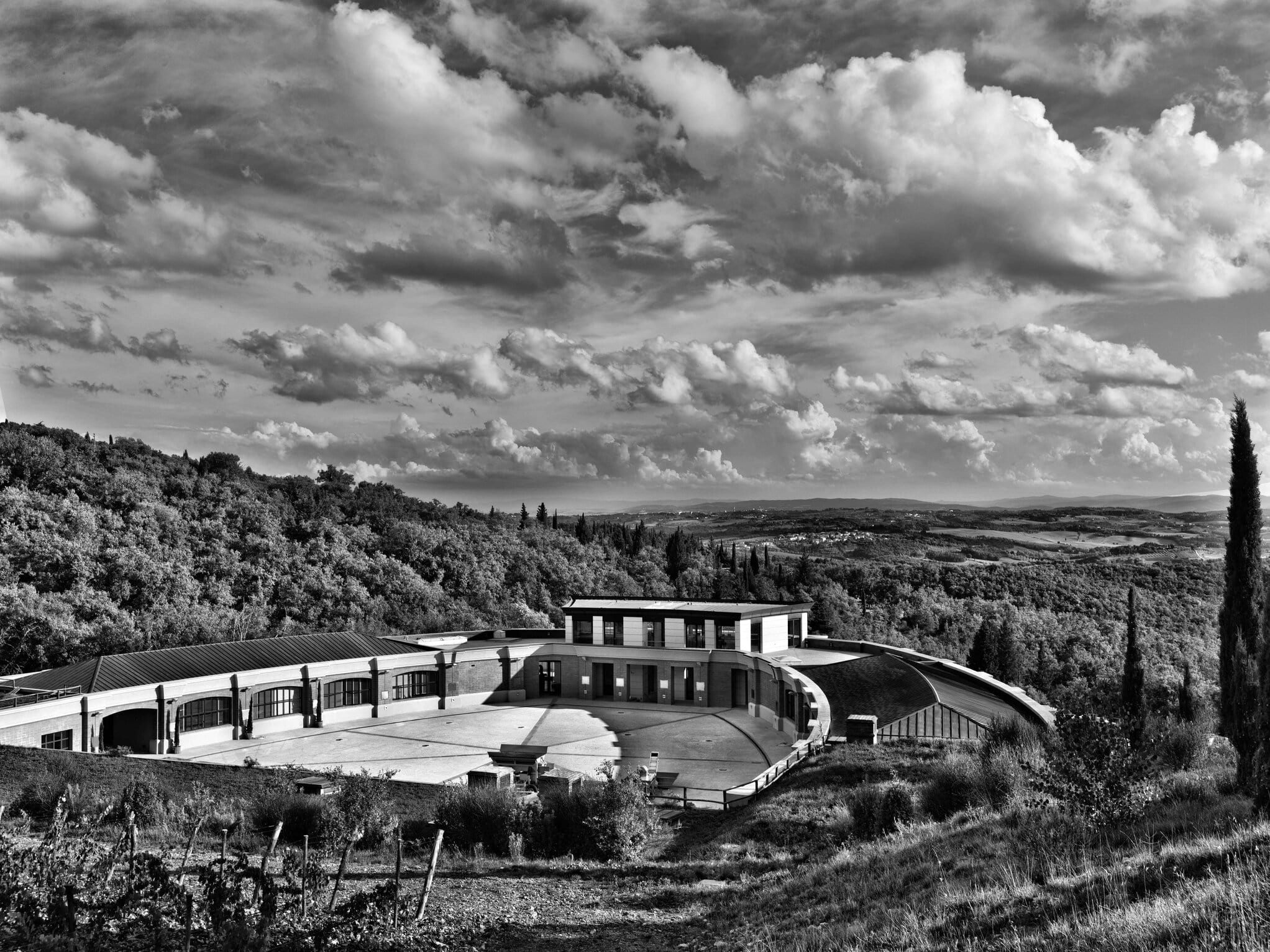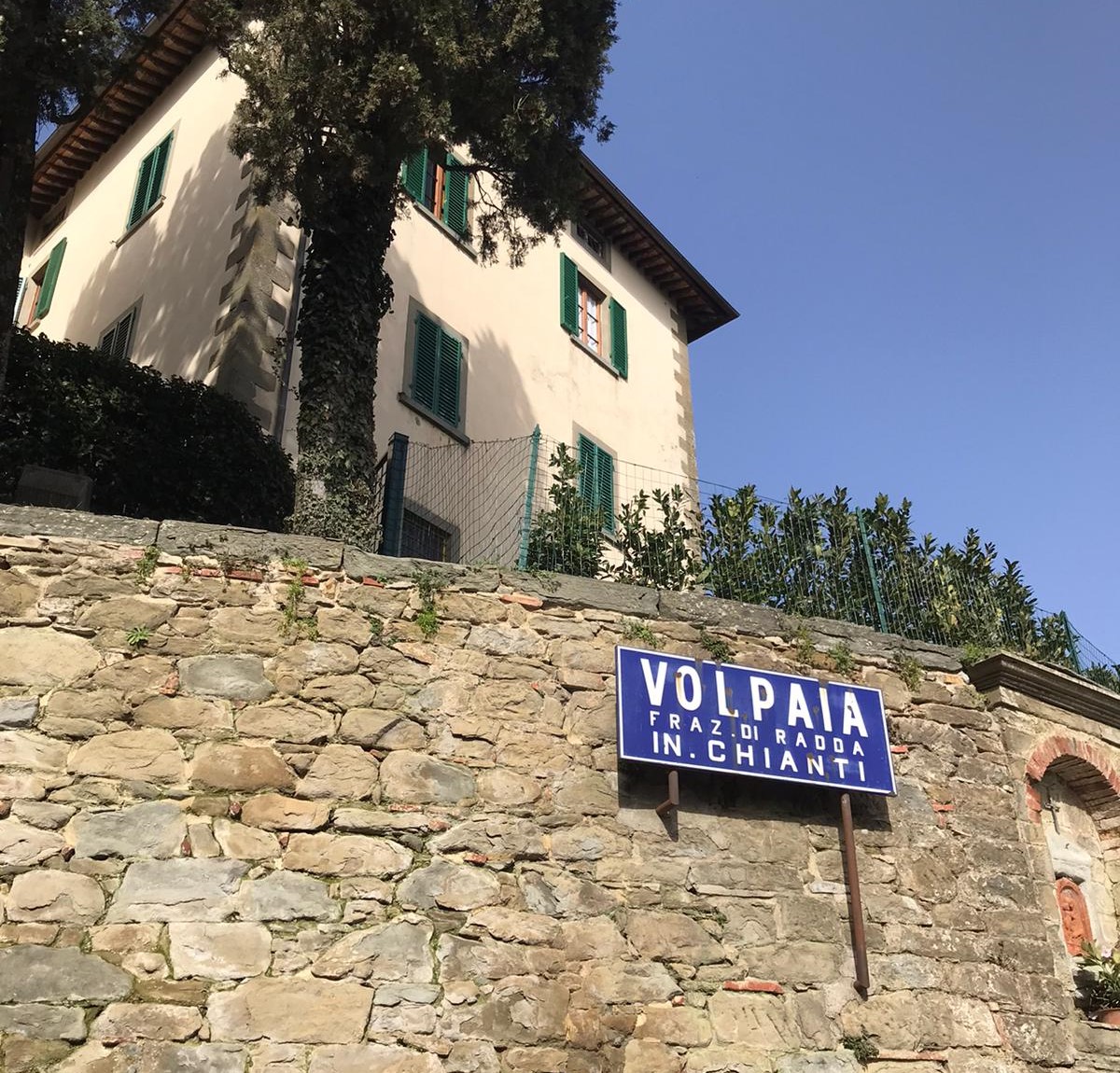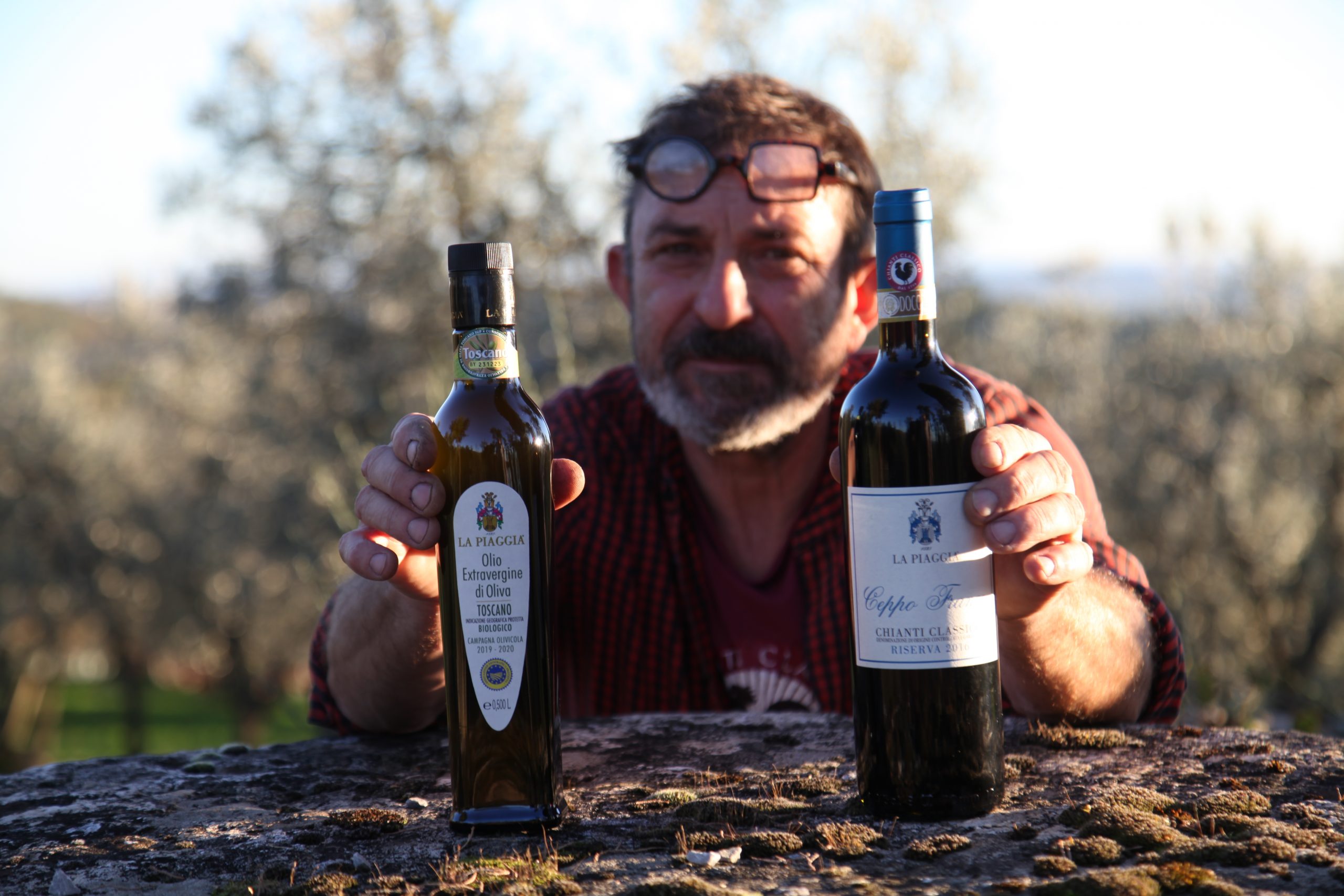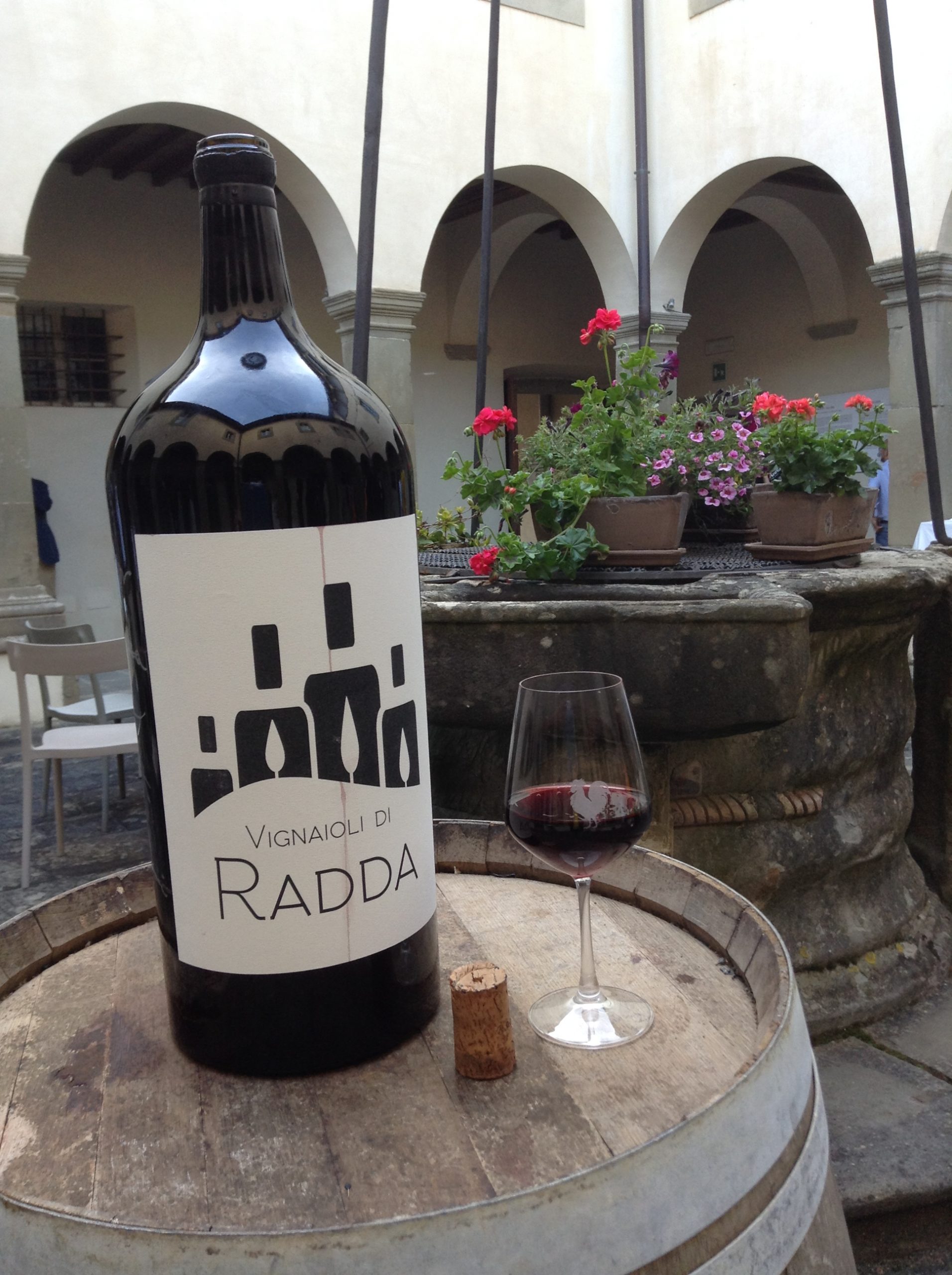The rotator cuff is a set of shoulder muscles – while the rotator cuff muscles are three: supraspinatus, infraspinatus, teres minor.
read more >Tag: Chianti
The heirs of the Bianciardi family have created the Friends of Palazzo Bianciardi Association with the aim of making this heritage accessible through the creation of the MAB, the Bianciardi Archive Museum, so that it can become a resource for the community and beyond.
read more >There is a real air of novelty at the Loggia del Chianti: from this year Simone resumes his role in the family business, determined to leave his mark in what has always been his parents’ place.
A professional rugby player, in the past he has dedicated time and love to this family project, but lately he has understood that to take a step forward he had to dedicate all of himself to the restaurant.
The La Chiantina restaurant, a true reference point for many Castellina gourmets, changed management six years ago, with Salvatore D’Alessandro, manager and pizza chef of the restaurant at its head.
read more >The project, started in 2017, arose from the need to create a multipurpose space, respecting planning regulations and enhancing the park’s landscape without disturbing in any way the trees inside it which are a historical heritage of Radda.
read more >Talking with Valeria is like immersing yourself in a fantastic, almost fairytale world: born in Castellina in Chianti and raised in this generous and fertile land, she immediately began to cultivate a passion for relationships.
read more >The Casa al Vento property is located in the hamlet of Montemorli, not far from Poggibonsi. Here a nineteenth-century agricultural shed came to new life thanks to a preservation and restoration plan devised and directed by architect Giovanni Del Zanna. Works were carried out by EDILPIÙ and their workforce coordinated by foreman Cosimo Lecce, aka Mimmo, under the expert guide of technical director Alessandro Taddei. With their experience, they managed to valorize the building’s historical character while adapting it to the spaces and functions of a modern dwelling, equipped with state-of-the-art technological systems.
read more >In Grignanello today wines without added sulphites are produced following rigorous biological and biodynamic canons. The vineyards, more than 50 years old, extend for about five and a half hectares and are composed of the historic Chianti varieties: Sangiovese, Canaiolo, black Malvasia, Colorino, Trebbiano, and long white Malvasia. In the cellar, an evocative and magical environment, vinification is carried out in beautiful terracotta amphorae from Impruneta, from which red, macerated white and rosé wines are obtained, with an experimental production of passito.
read more >Today Il Pitena successfully continues its activity as a Lounge Bar, but, since 2019, it has been joined by one of the projects that Betty and Daniele care the most about: Il Pitena Vinosteria.
read more >The first historical evidence is found in a parchment of 1010 preserved in the Abbey of San Lorenzo in Coltibuono, in that document it is called plebes Sanctae Mariae quae dicitur Novella – the term novella in the Middle Ages was used to indicate a new piece of cultivated land.
read more >According to the Consortium, the fame of the black rooster and the similarity with the coloured rooster could generate, in consumer perception, a link between the two brands, so much so that it could give an undue advantage to the Lazio company. A company that, for its part, emphasized the difference between the two roosters: while the black rooster is a collective brand and designates a series of red wines that come from Chianti, the coloured rooster is an individual brand relating to a Vermentino produced in Gallura, an area of Sardinia which owes its name to the same bird. Asked to rule on the request for registration of the coloured rooster, the European Intellectual Property Office compared the two trademarks and, essentially agreeing with the arguments from Chianti, rejected it. As a result, the Lazio company asked the European Court to rule on the refusal of registration.
read more >The Castle has been owned since 1964 by the Matta family, who in the 1980s began in the accommodation business with six apartments inside the castle. Currently there are 16 guestrooms, including those inside the castle and the suites in the rectory. Under the walls we find an enchanting swimming pool with a panoramic view over the valley, a delight for the eyes.
read more >The wine cellar visit is structured as a ‘wine experience’: technical, emotive, sophisticated. The goal is to experience it without predefined paths, passing through the vinification, the vat, the concept of working with gravitational flow. Finally, the curtain opens on the barriccaia, a theatrical scenography with details that condense into a refined show.
read more >Volpaia currently has 33 inhabitants and 4 restaurants: the properties have now been reunited in large part by the Mascheroni Stianti family. In addition to the prestigious winery there is also a farmhouse, a restaurant and a bakery. The vegetables that arrive on the Castle’s tables come from half a hectare of a strictly organic vegetable garden. In fact, since 2000, the Volpaia winery too has been certified as organic.
The winery extends within the village buildings, connected by an engineering masterpiece: an underground wine pipeline, which goes under the streets of the town.
BY SIMONE BANDINI We are with Silvia and Marco Barneschi at the Podere La Piaggia: and around a rugged rustic wooden table we taste their new extra virgin olive oil on a bruschetta, before trying other ‘magic’ bottles of oil flavoured in the old fashioned way. To get to the two siblings we went down […]
read more >BY SIMONE BANDINI Our journey to discover the Radda in Chianti area continues – begun with the Mayor Pier Paolo Mugnaini and architect Daniele Barbucci – and in particular its winemaking tradition. Let’s take a cue from the recent awards that have fallen like rain on local producers: seven vineyards awarded three glasses by the […]
read more >